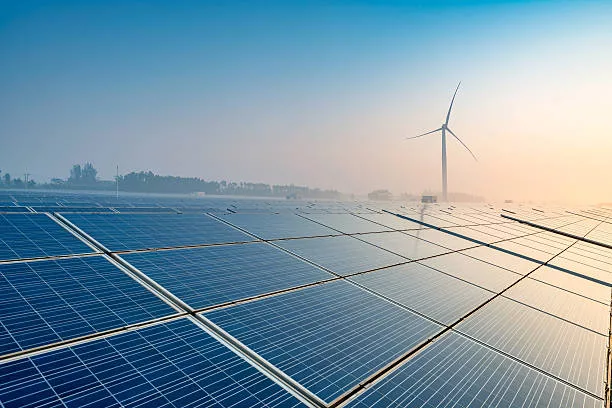With an impressive portfolio of clean energy installations, Avangrid is no stranger to pioneering renewable initiatives. The energy giant, known for its sustainable vision, is taking a giant leap by commencing construction on its premiere solar farm in California’s heartland.
Expansion into California’s Solar Space
Already boasting an 8.7 GW capacity from renewable sources in the United States, Avangrid is delving into the sun-drenched expanses of Kern County with the launch of the 57-megawatt Camino Solar Project. This venture not only marks Avangrid’s solar debut in the state but also complements an existing suite of six wind farms there.
Camino Solar Project: Harnessing the Californian Sun
Once operational, the Camino Solar project, outfitted with over 100,000 photovoltaic panels, will be a cornerstone in providing clean, renewable energy. With the capacity to dispatch enough electricity to sustain approximately 14,000 homes annually, the farm is a testament to Avangrid’s commitment to environmental sustainability. During its construction phase, the project is a boon to the local economy, generating upwards of 100 construction-based jobs and establishing multiple permanent positions thereafter.
Strategic Location and Collaboration with the BLM
Neighboring Avangrid’s existing Manzana Wind Farm, the Camino Solar plant stands on lands spanning both private ownership and public spaces overseen by the US Bureau of Land Management (BLM). Erected on over 200 acres within public reach, the location was meticulously chosen based on the BLM’s Desert Renewable Energy Conservation Plan, ensuring optimal conditions for clean energy production.
Shelly Lynch, BLM California desert district manager, highlights the project’s alignment with nationwide goals. She stresses its significance in strengthening the clean energy sector, improving the reliability of California’s power infrastructure, driving employment, and stimulating the local economy
By undertaking the Camino Solar Project, Avangrid is not only fortifying its clean energy presence in California but also contributing substantively to the United States’ transition toward a more sustainable, eco-friendly power generation landscape.

























